Head to central Paris and you might just catch a glimpse of Olivia Putman. CAROLINE DAVIES speaks to the designer who left her partying past behind her and became a highly respected interiors guru
“I was very wild,” Putman says. We are sitting in the French designer’s apartment and show studio overlooking Place de la Madeleine, the thrum of traffic muffled to a distant hum by the heavy cream drapes and no doubt rocket proof window. In here, amongst the elegant, clean-cut furniture, the Lalique chandelier and in the company of the composed Putman, the hectic streets of Paris seem another world.
Putman is the head of Putman studios, considered to be the epitome of clean, French product and interior design. The studio was established in 1984 by Putman’s mother Andrée Putman, a fiercely glamorous designer, known for her straight posture – she was said to have appeared as though she were always walking a tightrope, the result of a bike accident at 20 – and her flawless taste.
Images of Putman (junior) in her early 20s show a bright young thing of the Parisian artist set; A Bardot-style sweep of brunette hair, a careful flick of black eyeliner and immaculately worn Breton striped tops. Today, she is dressed sharply in a black pencil skirt, white shirt and a well-chosen lipstick that compliments the splash of her red sole Louboutin shoes. It is an unsurprising choice of accessory. Christian has been her partner in crime for over three decades. “We were bad little boys and girls,” says Olivia.
“We went out a lot. I met Christian at La Palace, a night club in Paris. It was an incredible place where you could bump into Yves Saint Laurent and Andy Warhol. At that time, there was no VIP area, it was just a melting pot. There were no rules about whether you should dare speak to anyone. True, we were very young, which makes things easier because you aren’t shy about anything.
“We used to go shopping in the flea markets in Paris for old shoes; he wouldn’t care if there was only one shoe, which I always thought was stupid. We went to Morocco when we were 15 with no money. I was so wild that I was put in boarding school for a year and a half on Bexhill-on-Sea. I learnt to appreciate authority there, it gave me some security.”
Today Putman’s mane may be tamed, but she still has a gleeful twinkle about her. On returning to Paris, a reformed 16-yearold, she finished school and studied History of Art at the Sorbonne. She spent a few years transforming old buildings into artist studios before she decided to follow her passion for horticulture and trained as a landscape gardener, a pursuit she owes to Christian.
“I was Parisian; I didn’t realise you could plant a little thing in the ground and it would become big,” she says. “Christian showed me that. He and I toured England looking at the wonderful gardens there.”
Putman’s skill took her around the globe, but she eventually returned to Paris in 2007 to become the Art Director of Putman Studios.
“I have no interest in going back to landscape gardens,” she says. “Today, I am more impatient. Even now, about 20 years after I designed my first garden, I still don’t think I have seen a garden as I hoped it could be. It takes time. It did teach me some patience. You can’t have a garden within an hour.” Putman continued to work alongside her mother for a couple of years. Andrée died in January 2013, aged 87.
“She wasn’t the cold woman you believe she might have been if you look at photos. She was warm and funny. We had a wonderful relationship. She left me to be free. Even at the age when you rebel in a dramatic way, she was free enough to think it was great to have someone expressing themselves as they wanted.”
Anything Putman did could hardly have surprised or shocked her mother. In her 20s – in an act of self-discovery – Andrée stripped her room bare, furnishing it with an iron bed, a chair, white walls and a Miro poster on the wall. Possibly one of the few minimalist acts of youth rebellion.

Elegant Lines Nina Ricci’s L’Air du Temps perfume is an example of Putman’s inclination for timeless design
“We used to think we had very similar sensibilities,” Putman says. “I prefer timeless design, not creating something that no one has ever seen before. That was something that my mother believed. She didn’t think you should be revolutionary. She thought that people who wanted to invent something entirely new were daydreaming because everything is almost nearly discovered. You have a wonderful vocabulary of forms and things that are already available and you can express yourself through that rather than think you can create an entirely new way.”
Putman’s work with Nina Ricci for the L’Air du Temps limited edition bottle is a good example. The swirling edges have been striped with blue, as have the entwined doves on the bottle top. It is clean, elegant and unobvious.
“It is a very simple addition, very subtle,” she says. “But it makes a difference. I tried other more complicated designs, but ultimately it was the simple one that worked the best.” Rather sweetly, this perfume is also the first Putman was given by her husband and the one she wears today.
“I like perfumes that have a floral smell. I was always aware of making scented gardens. You have 200 roses but only a few that smell incredible. Why bother with ones that don’t smell at all? I think flowers are the most magic, most natural perfume.
“In France this is the first perfume for a lot of girls. It’s important for many people, although it smells different on everyone. I kept it because I like the idea of scent being part of your identity; I like the idea of having this as my personal smell. You can leave a room and your perfume follows you. The people in my office say that they know whether or not I am already in as they say they can smell me in the elevator. I remember my mother by her perfume too.”
You can hardly forget the presence of Putman senior. Her studio, her taste and her creations surround Olivia, down to the chairs we are sitting in.
“An armchair is an armchair,” says Putman. “You can find nice details and nice wood, you don’t change the essential purpose. But I love these chairs, I always have. They are half round, partially protective, but you can’t slouch.”
She smiles. Perhaps among the many gifts Putman left her daughter, the teenage rebel, a chair where you have to sit straight, is the most maternal reminder of all.
studioputman.com
Stocked at www.harrods.com



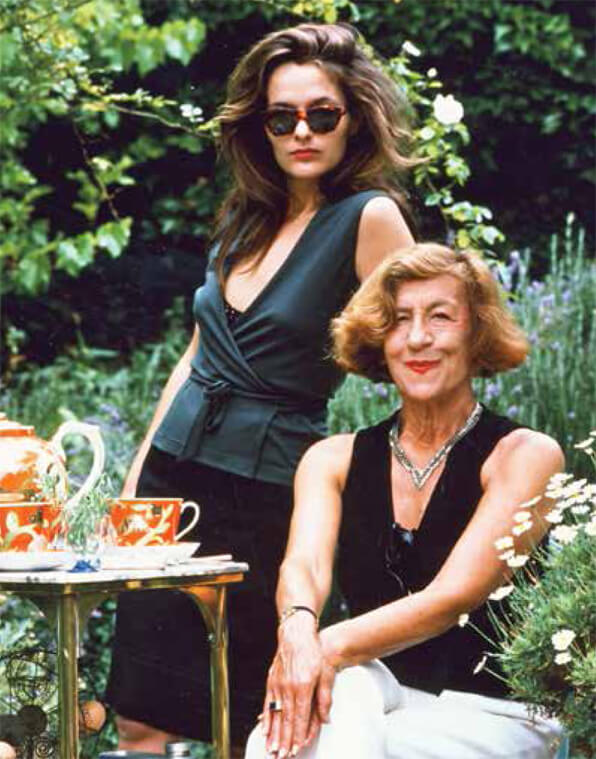

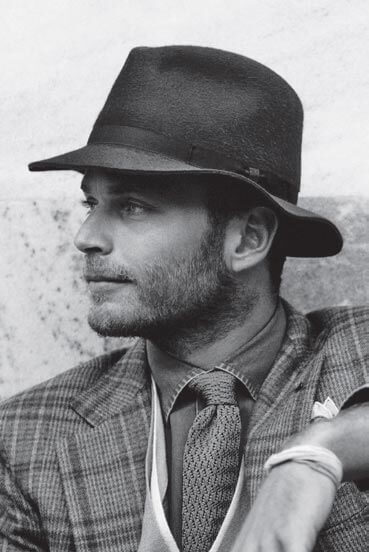



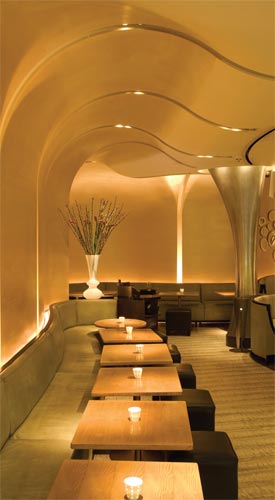












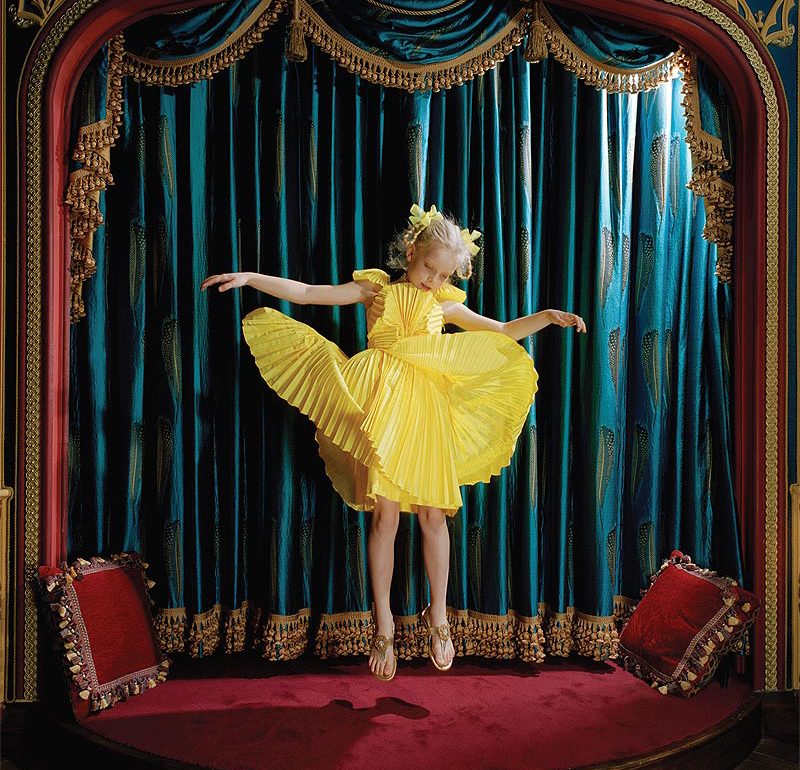
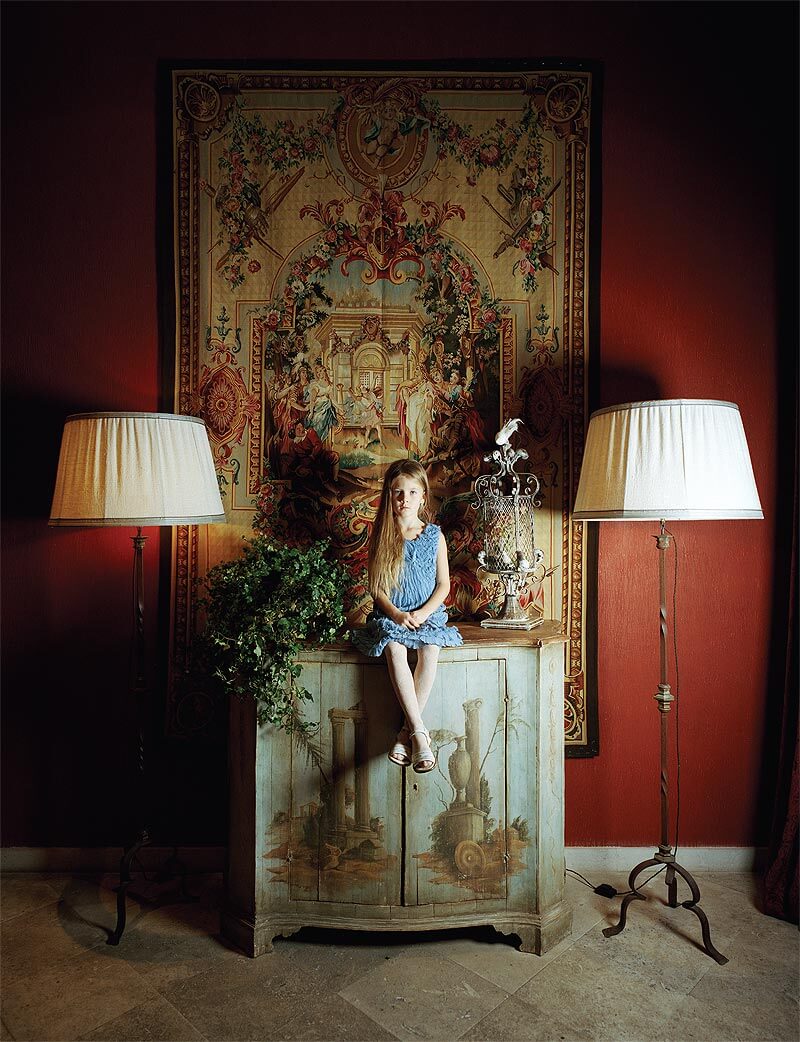
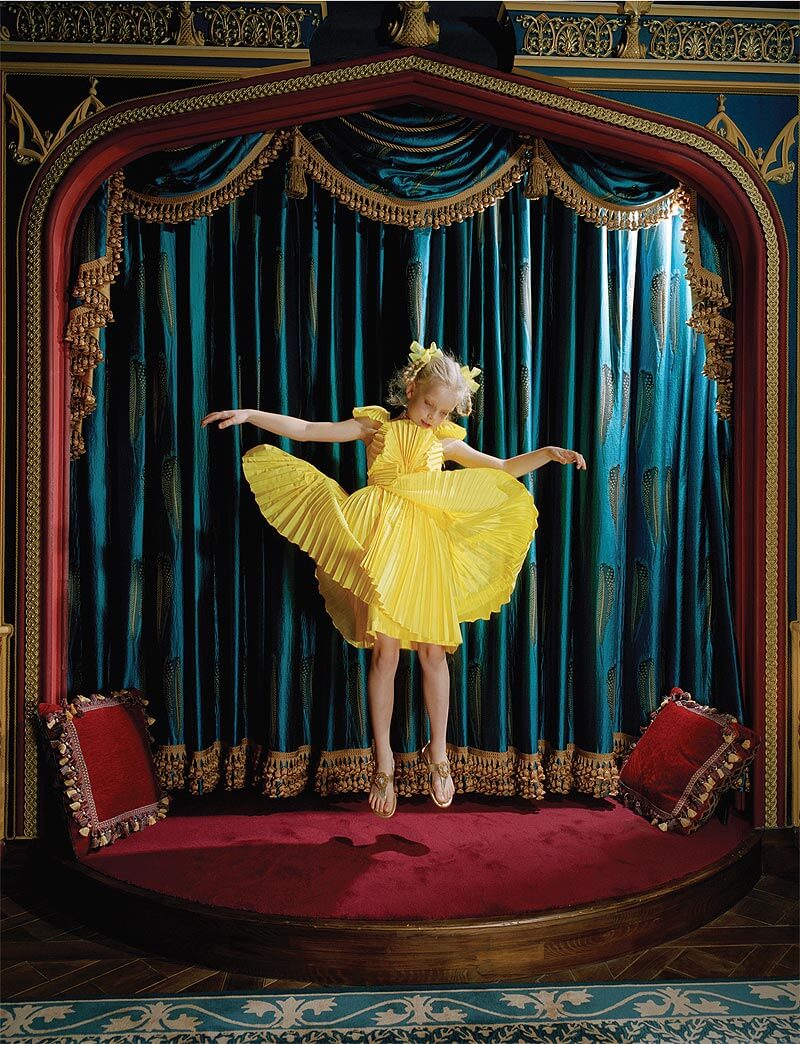
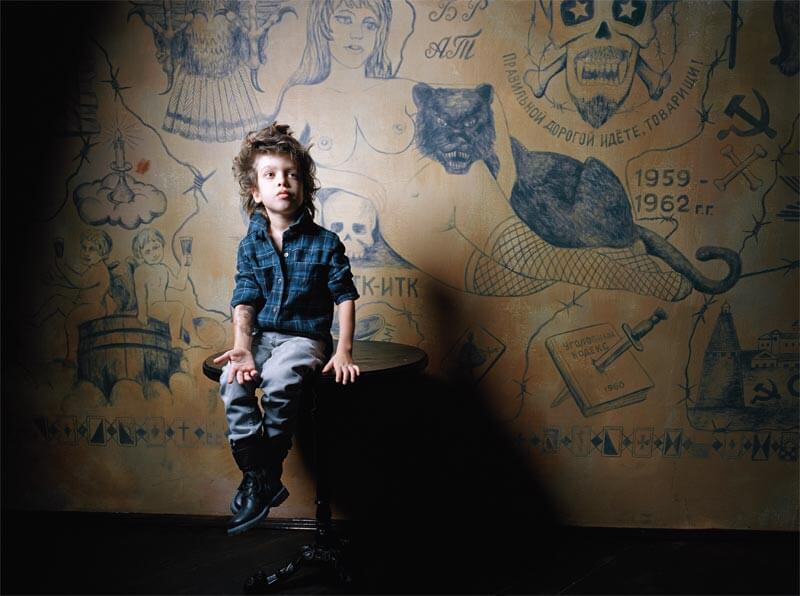
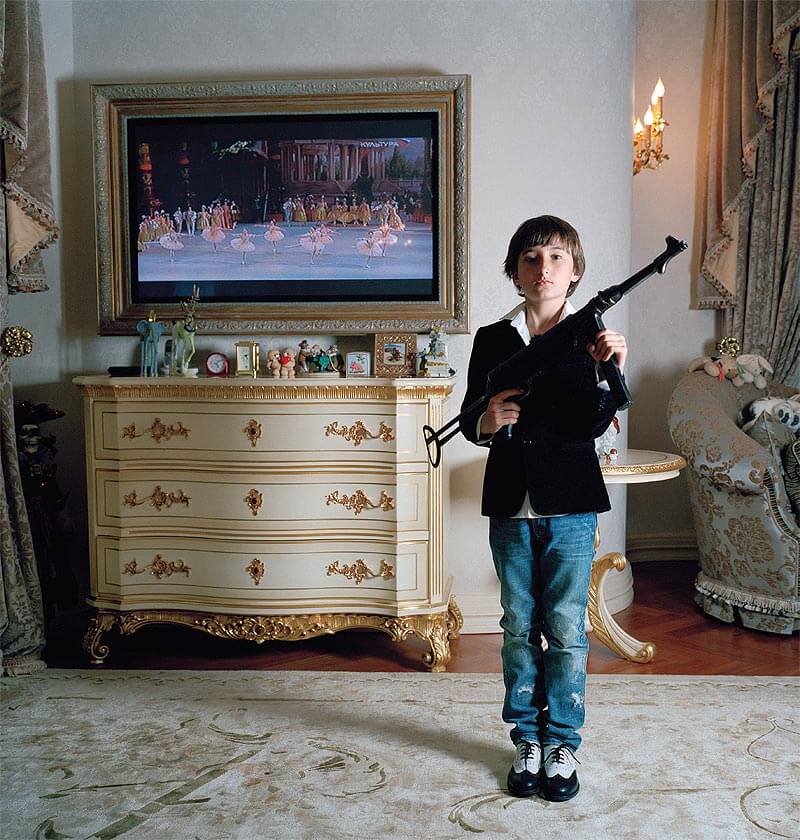
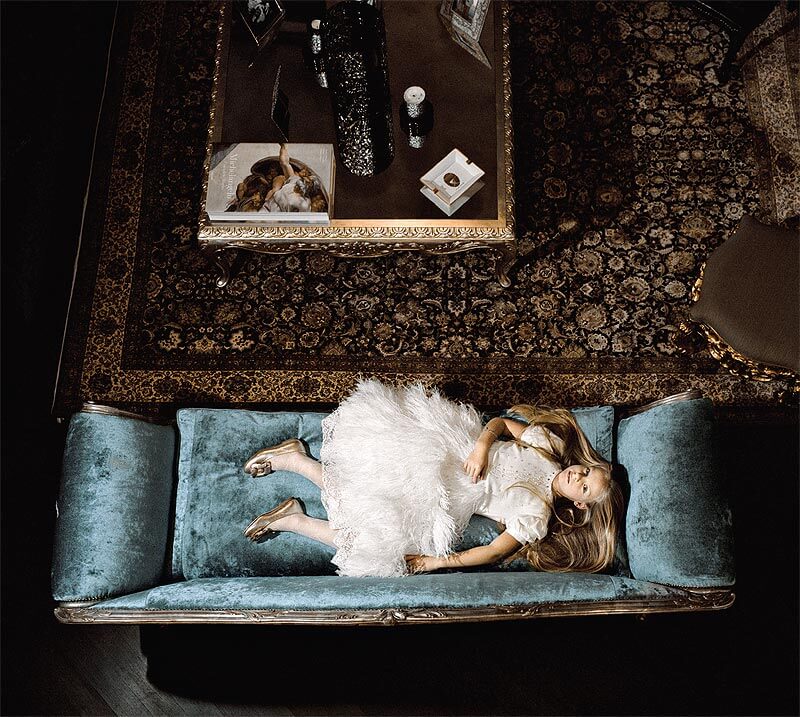




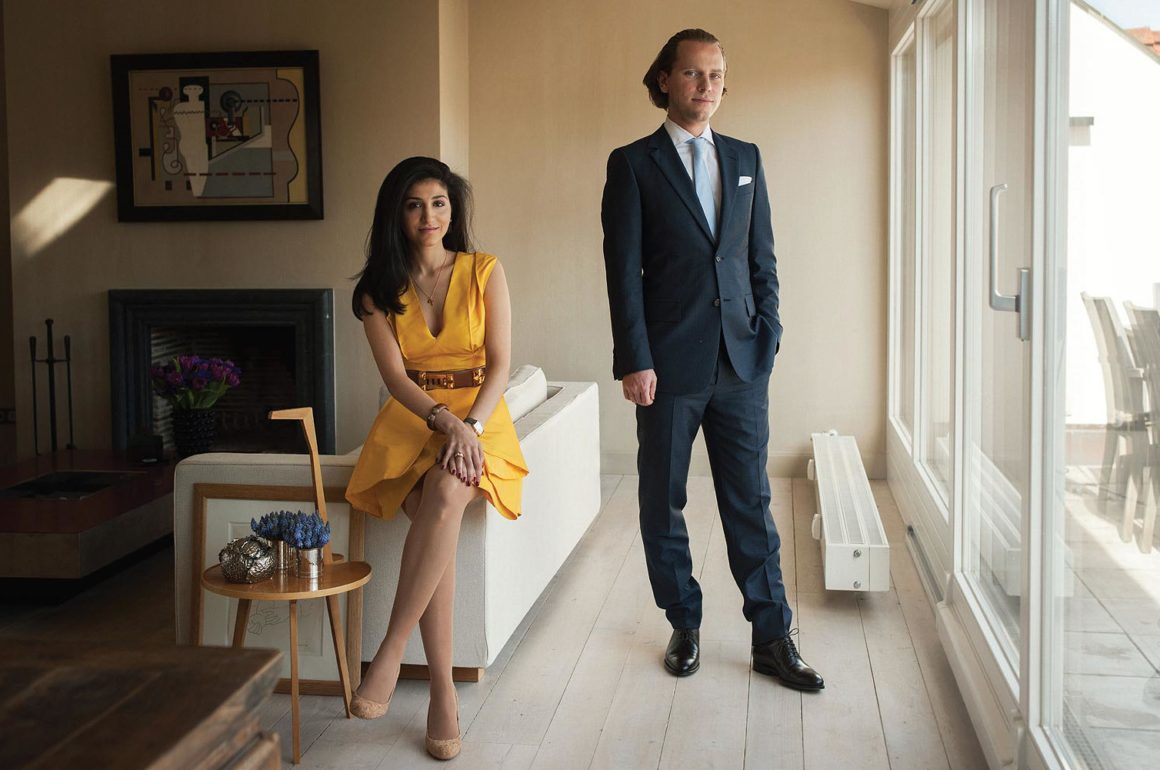
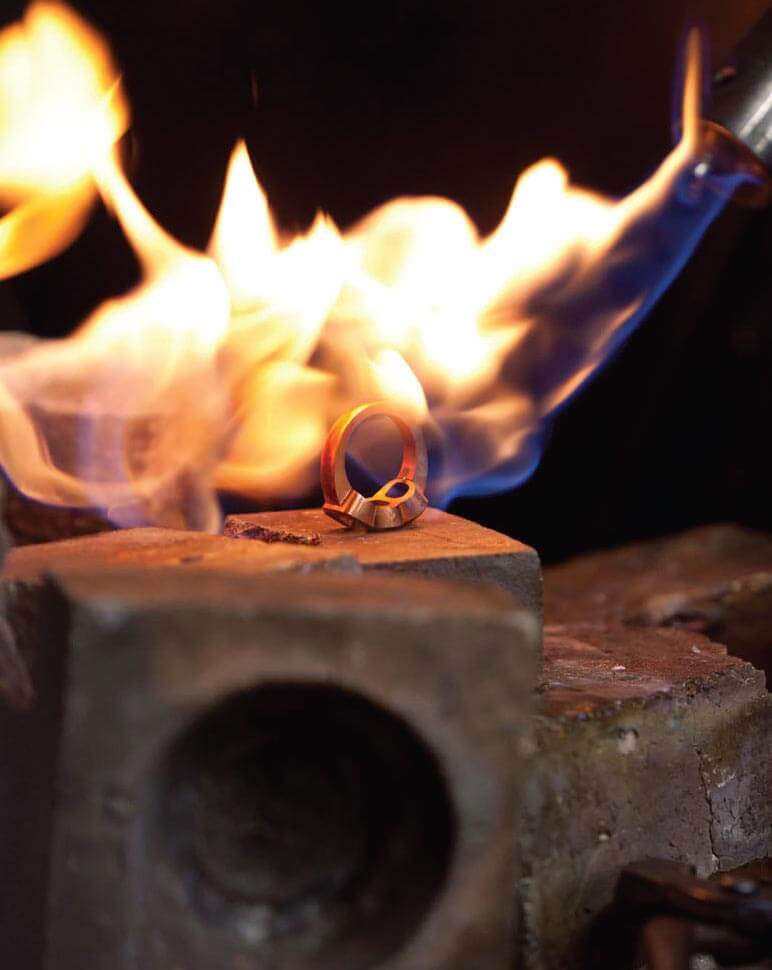
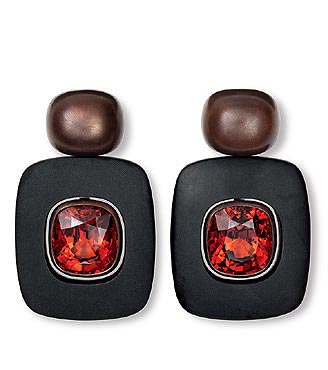
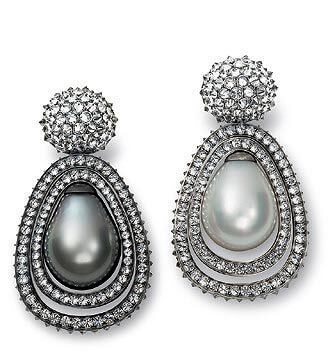
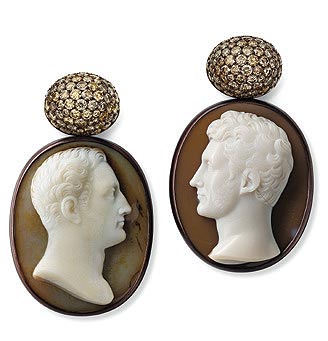
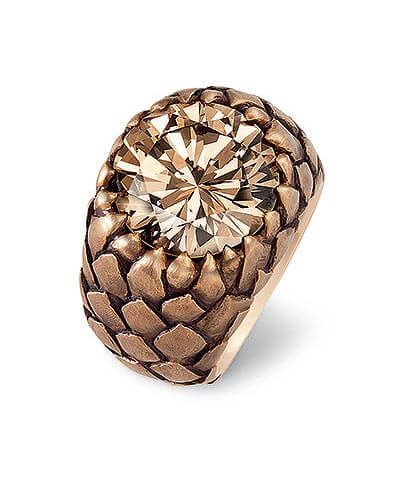




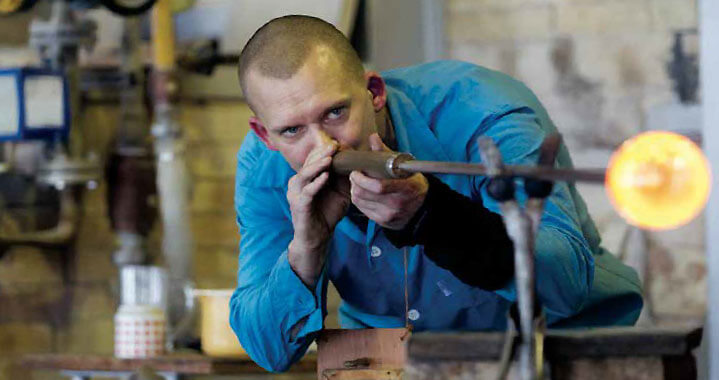












Recent Comments